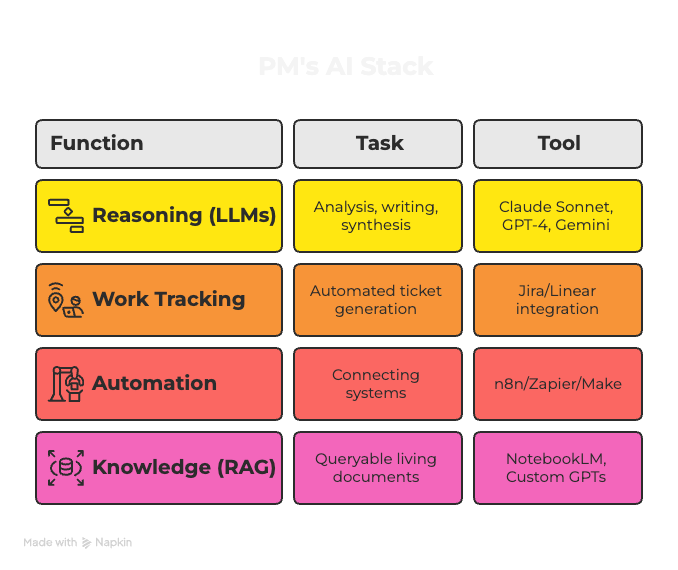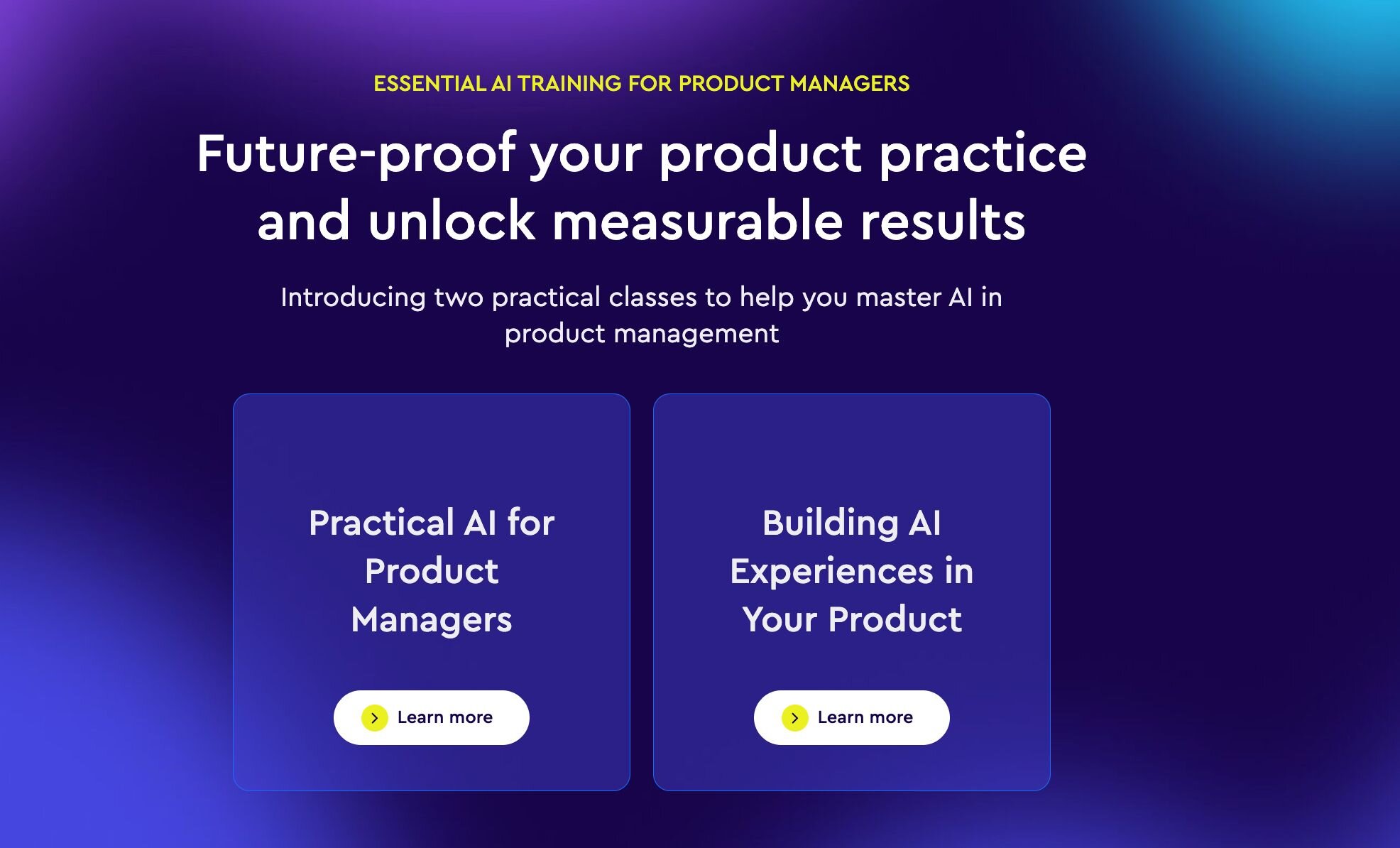This article is part of our AI Knowledge Hub, created with Pendo. For similar articles and even more free AI resources, visit the AI Knowledge Hub now.
In today's digital landscape, product accessibility has become a critical aspect of product design and development. Ensuring that products are inclusive and user-friendly for everyone is not only ethically responsible, but also beneficial for businesses looking to reach a broader audience. As a product manager, you may be looking for ways to improve your product's accessibility. However, it can be a challenging task to identify and address all accessibility requirements during the product development cycle. This is where the power of AI can be leveraged to make that process a little easier.
Kirsty Lee, Senior Product Manager, explains four ways in which a product manager can use an AI like ChatGPT to improve accessibility in their product.
Identify potential accessibility issues
ChatGPT can firstly be used to identify potential accessibility issues in your product. Product managers can use prompts such as "What are the common accessibility issues in websites?" or "What are the most common accessibility issues in mobile apps?" to generate a list of potential accessibility issues that their product may face. While ChatGPT cannot physically test your product with a screen reader yet, it can provide you with steps on how to test with a screen reader, as well as give you a list of accessibility testing tools to look into.
Also consider using ChatGPT to review internal artifacts, such as product documentation. It can suggest improvements to ensure that materials are clear, concise, and accessible to a wider audience.
Generate accessibility requirements
One of the significant challenges of creating an accessible product is knowing what accessibility features are actually needed. Product managers can use example ChatGPT prompts such as:
- "Generate accessibility requirements for [product name] that ensure compliance with WCAG 2.1 guidelines"
- "Create accessibility guidelines for [product name] that are easy to understand and follow"
- "Generate accessibility requirements for [product name] that prioritize the needs of users with disabilities"
Once you have a list of guidelines, you can dig deeper into each individual requirement relevant to your product or feature. For example, the model may suggest using ARIA labels, but you may want to know what labels are needed for a particular element. You could prompt ChatGPT with the following question:
"What ARIA labels should be used for a button that triggers a modal dialog?"
ChatGPT could then generate a response such as:
"The button should have an aria-haspopup attribute set to true and an aria-expanded attribute set to false when the modal dialog is closed. When the dialog is open, the aria-expanded attribute should be set to true."
Similarly, a product manager can use ChatGPT to generate requirements for keyboard navigation, such as:
"What keyboard navigation requirements are needed for a menu that opens on hover?"
ChatGPT could then generate a response such as: "The menu should be opened when the user presses the enter or space key while the menu item is focused. When the menu is open, the user should be able to navigate through the menu items using the up and down arrow keys. The menu should be closed when the user presses the escape key."
Make sure to give ChatGPT as much context as possible, so that it can generate the most accurate response. And always work closely with your engineers to determine if you’re on the right path – without sufficient context, ChatGPT may suggest features that you may not necessarily need.
Translate requirements for developers
ChatGPT can act as a communication bridge between product managers and developers by translating complex accessibility requirements into actionable tasks. The AI can automatically generate clear and concise development tasks that outline the required changes, ensuring that developers have a clear understanding of what needs to be done. It can then even be used to generate example code and explanations for each element, which developers can use as a starting point or inspiration.
In order to get the outcome you want, you could feed the model a number of user stories written in your preferred format. Example prompt:
“Create a user story from the following requirements: [list requirements]. Follow the format of the following user stories: [list user stories]”.
You can then use ChatGPT to improve it further – e.g. By asking: “What are the potential risks associated with requirement X?”, you can make sure to cover any gaps you might have.
Test and validate accessibility changes
Once accessibility changes have been implemented, it's essential to test and validate them to ensure they meet the desired standards. ChatGPT can assist with this process by generating test cases. You can describe the accessibility issue that was fixed, and ChatGPT can suggest different ways to test that the fix is working properly. The AI can also help you create a comprehensive accessibility testing plan, which can be shared with your QA team. Try asking it to suggest automated testing tools, or analyze feedback from disabled users.
Example prompts:
- "We updated our video player to include captions for all videos. Can you provide test cases to ensure the captions are accurate and well-timed?"
- "Our website now has ARIA landmarks implemented. How can we confirm that the landmarks are helpful for users with screen readers?"
- "We just fixed an issue with keyboard navigation on our website. Can you suggest different ways to test that the fix is working properly?"
Keep in mind, although ChatGPT can be incredibly helpful in enhancing a website's accessibility, it shouldn't completely replace human insight and know-how. To make your site genuinely accessible for everyone, it's still important to carry out hands-on checks and fixes.
In the future, ChatGPT has the potential to revolutionize the way product managers approach accessibility in their products. As technology advances and the language model becomes more sophisticated, product managers will be able to leverage future models to generate even more complex and nuanced prompts, allowing them to identify accessibility issues that might have been overlooked in the past. As more and more companies prioritize accessibility in their products, AI will likely play an increasingly important role in helping product managers develop accessible features with no extra effort. It seems like the future of ChatGPT for product managers is bright, and we can expect to see it becoming an essential tool for building more inclusive products in the years to come.







